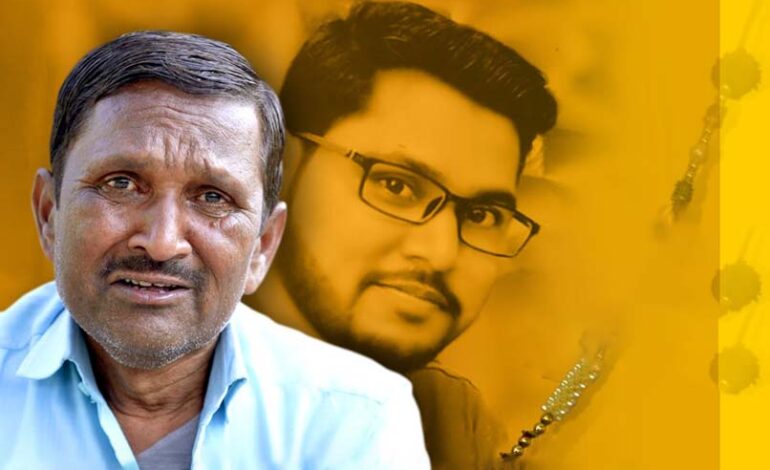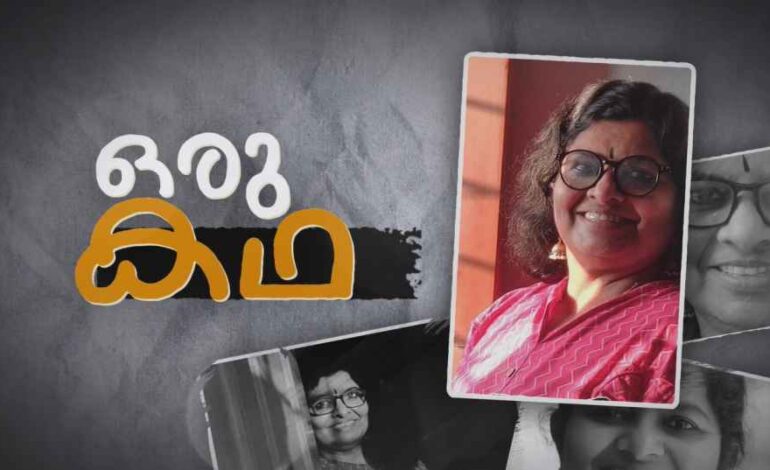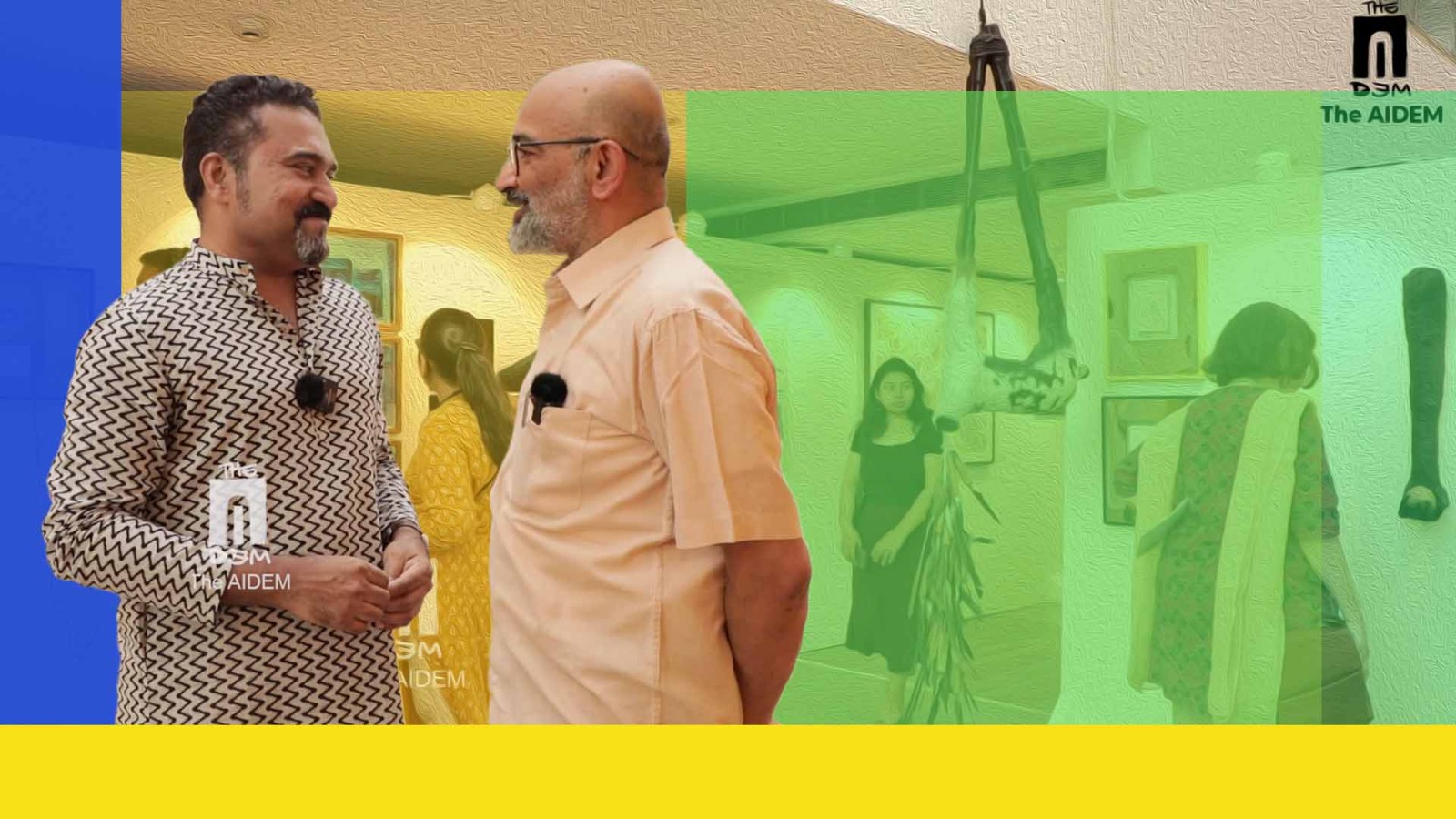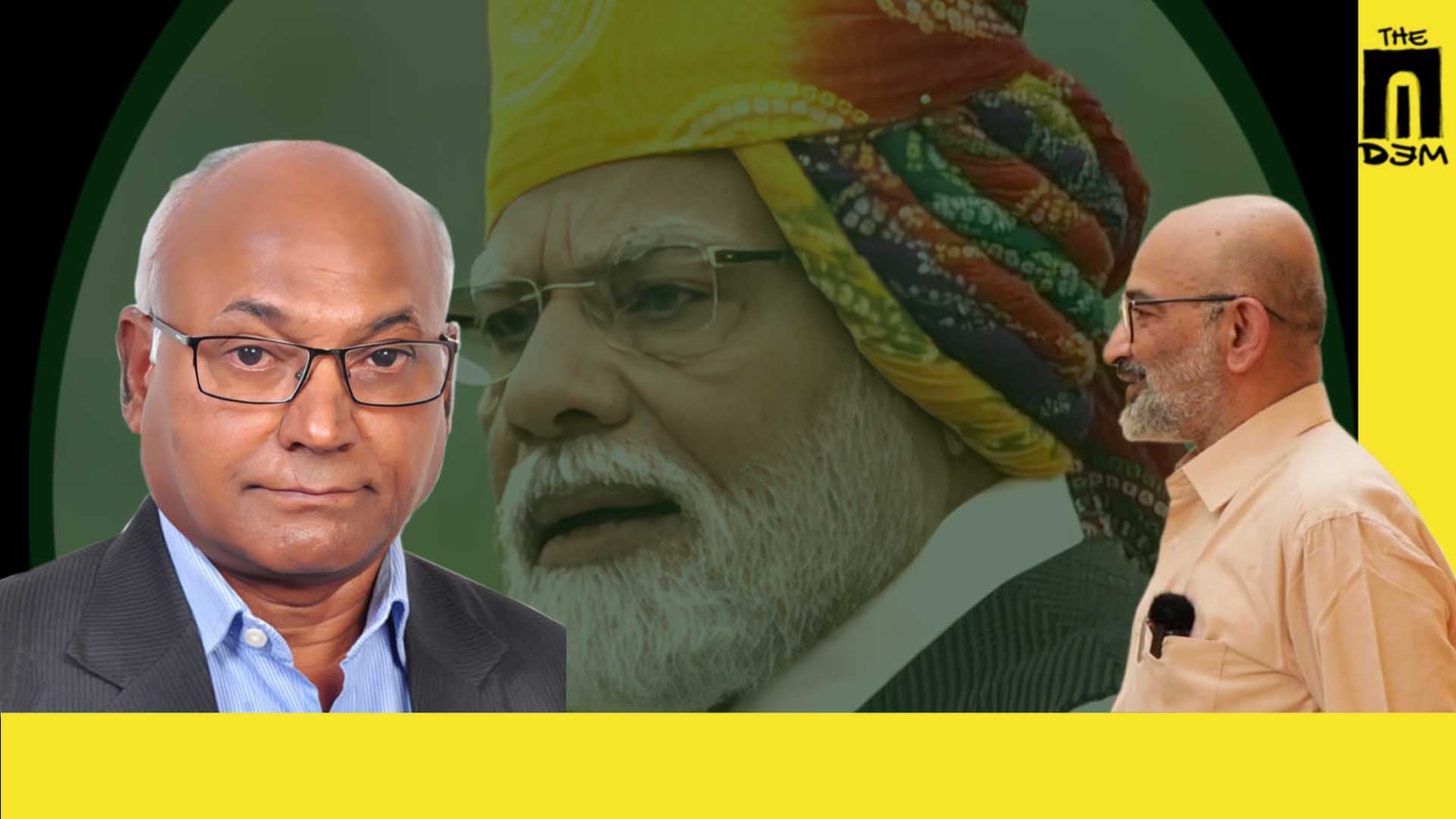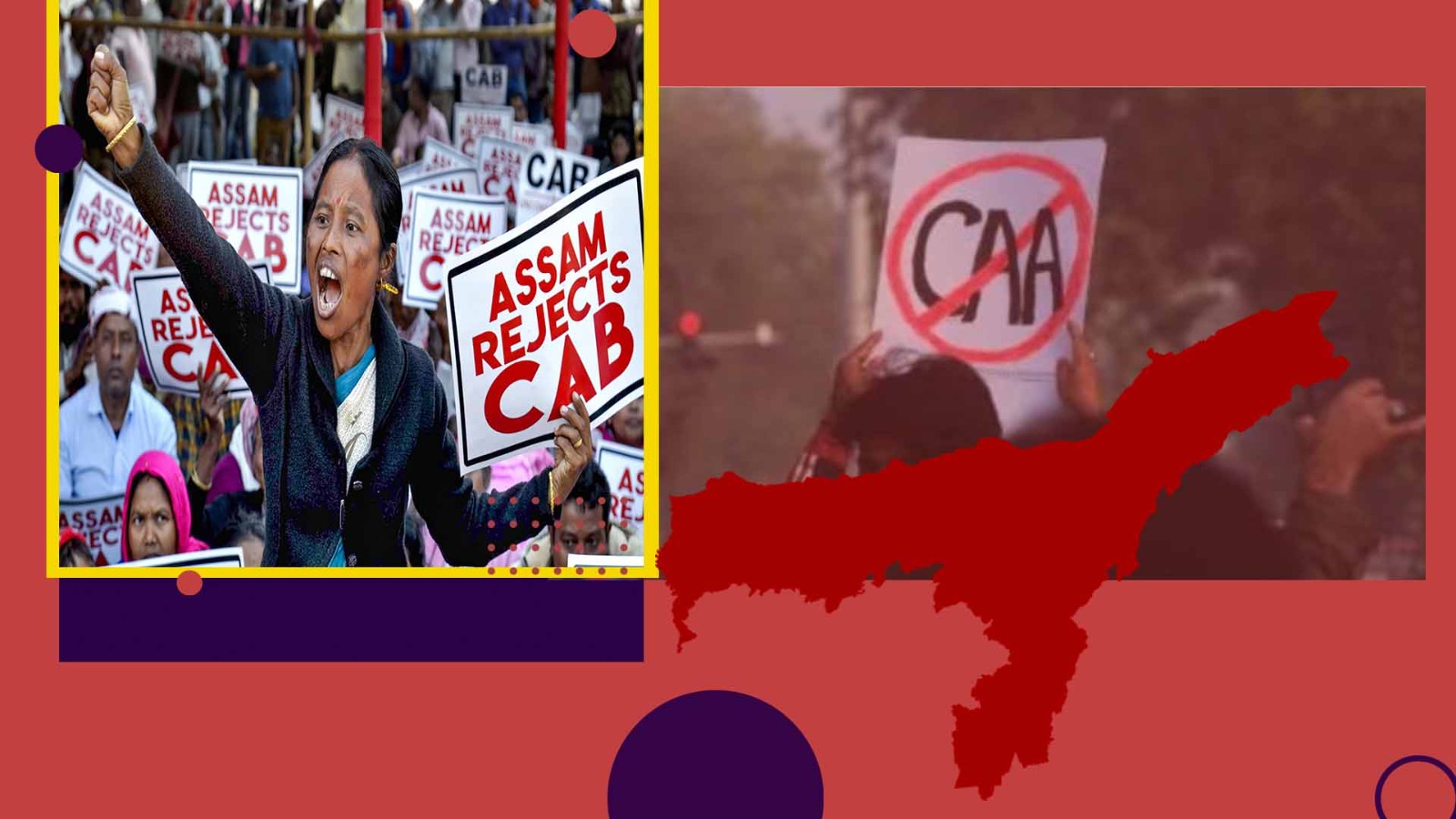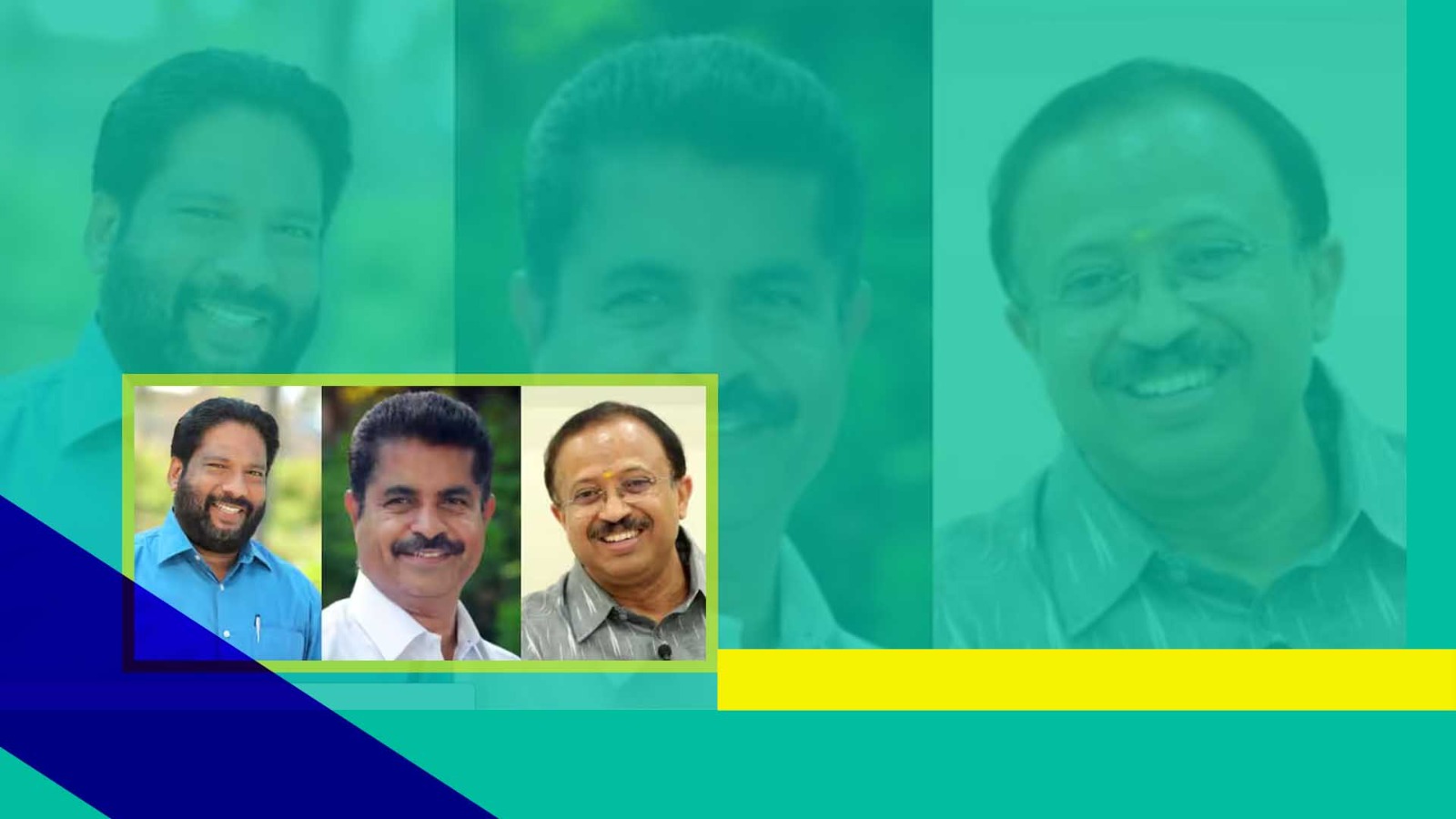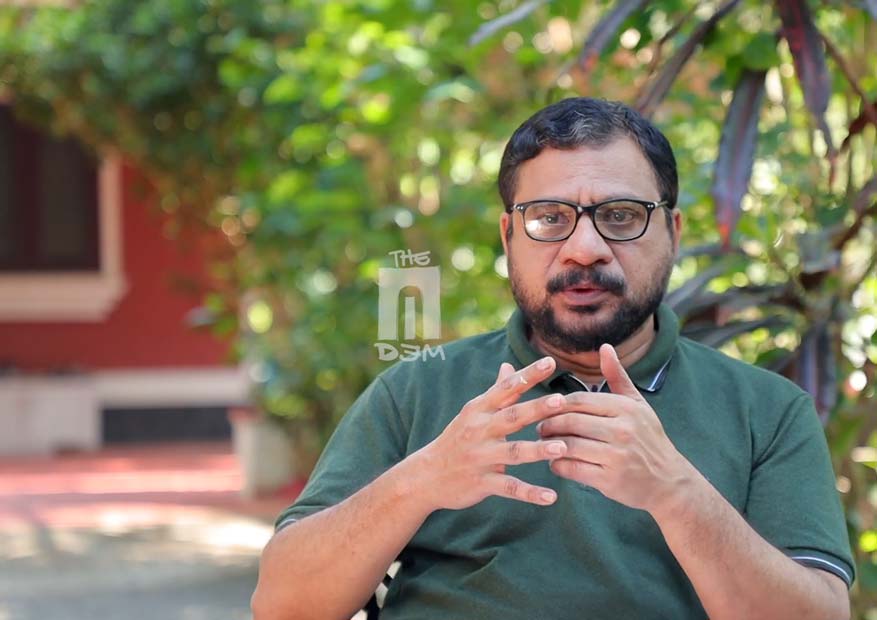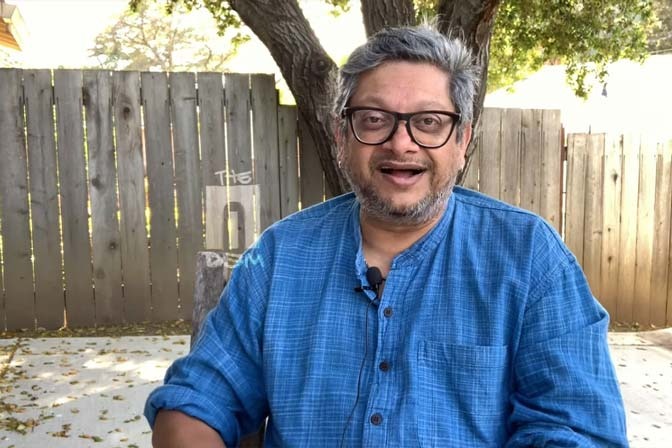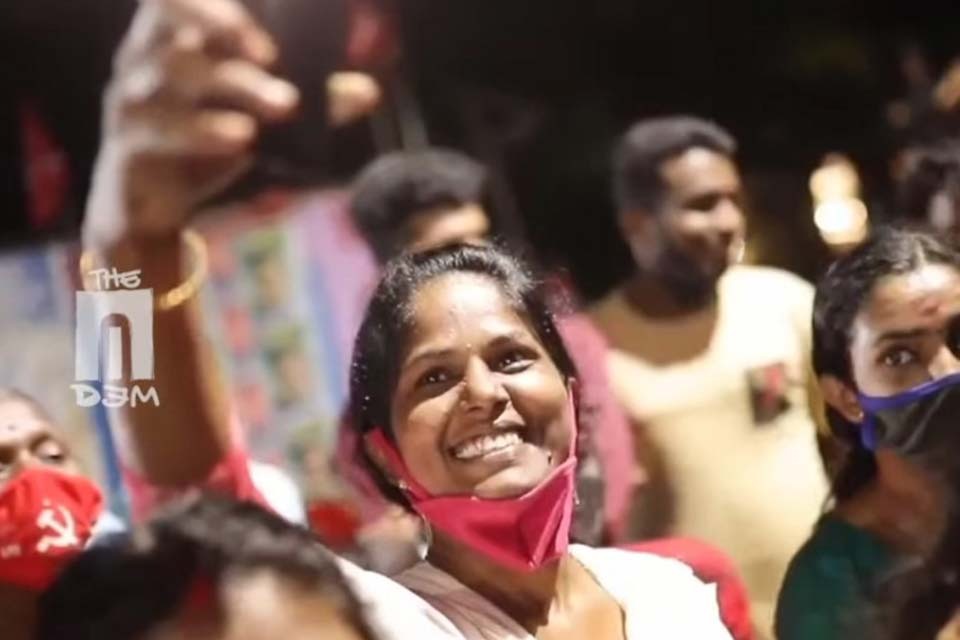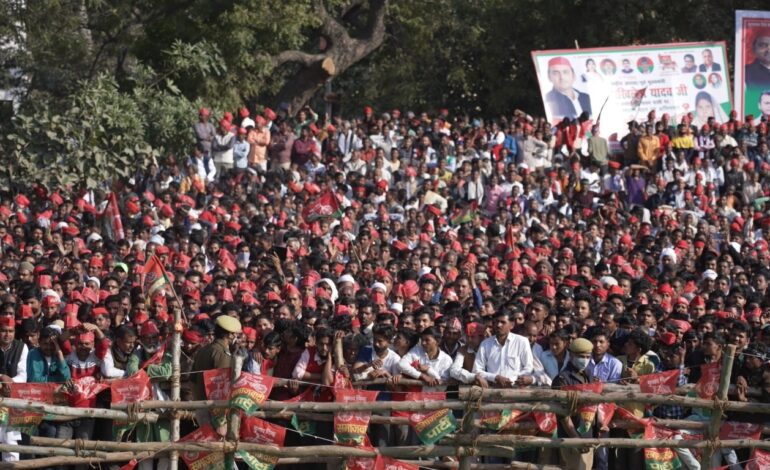
An elite Brahmin and professor from Pratapgarh says, “My son came from Mumbai few days ago and asked me about the candidates in the fray in our constituency. Living far away he was not much aware about the local politics in pratapgarh . After I informed him about the candidates he said that he would vote for the one who could defeat the BJP and then purposively voted for the Samajwadi Party ”.
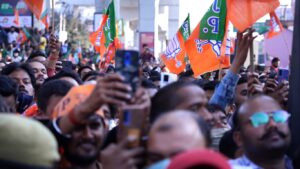 In a sense , the professor told me , he was also trying to figure out the relatively low turnout of the voters by recounting this story, particularly the relative ignorance of people like his son about the details of their own home constituencies. Voting percentage in Uttar Pradesh has been generally low , and particularly low in the fifth phase . Sixty one seats in the fifth phase recorded 54.98 percent voting at the end of the polling at 6 pm on Sunday. With the fifth phase polling that concluded on 27 February , as many as 292 seats out of the U.P’s 403 have the polling concluded. There are still 111 seats spread over Ayodhya, Varanasari and other regions of eastern U.P to go to the polls in the sixth and seventh phases.
In a sense , the professor told me , he was also trying to figure out the relatively low turnout of the voters by recounting this story, particularly the relative ignorance of people like his son about the details of their own home constituencies. Voting percentage in Uttar Pradesh has been generally low , and particularly low in the fifth phase . Sixty one seats in the fifth phase recorded 54.98 percent voting at the end of the polling at 6 pm on Sunday. With the fifth phase polling that concluded on 27 February , as many as 292 seats out of the U.P’s 403 have the polling concluded. There are still 111 seats spread over Ayodhya, Varanasari and other regions of eastern U.P to go to the polls in the sixth and seventh phases.
There is no proven psephological theory to analyse with exactness what the low or high turnout of voters means to an election . However , the professor had his own interesting assessment . “We are a family of the core BJP voters. But this time , we are angry with the government because of several factors , including rising unemployment, decaying education system, poor health infrastructure . We are also tired of the overwhelming attempts of the BJP to create a polarised Hindu-Muslim situation . The arrogance on the part of many leaders has also put us off . We couldn’t have voted against the BJP for which we have been voting for election after election since the early 1990’s. At the same time, we could not have shifted our loyalty to another party so soon. Many of us preferred to stay home. But the younger ones voted against the BJP”.
It will be too simplistic to draw an assessment about the phenomena of low voting on the basis of this small sample of the Professor’s family. But crisscrossing through the western Uttar Pradesh, central Uttar Pradesh and large parts of the Awadh region the indifference among the core BJP voters was quite palpable. On the other hand, the supporters of the Samajvadi Party looked and sounded eloquently energetic. The contradictory moods could easily be sensed in the road shows and public meetings of the two main rivals—the BJP and the SP.
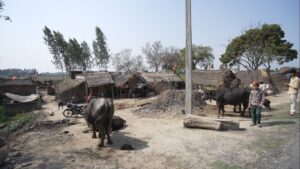 Many experts are fixated about the difference between the 2017 and 2022 elections. But the difference between the first three phases and then the succeeding phases will, perhaps, make it easy to understand the dynamics of the ongoing polls. The first three phases witnessed a sharply discernible impact of the farmers’ agitation. It literally smashed the BJP’s ‘forte’ built brick by brick on the communal divide in the wake of Muzaffarnagar riots in 2013. There were sites of the Jats, Muslims, farmers and farm workers demonstrating their unity and outnumbering the BJP voters on booth after booth. The BJP supporters either kept low key or were resigned to their fate.
Many experts are fixated about the difference between the 2017 and 2022 elections. But the difference between the first three phases and then the succeeding phases will, perhaps, make it easy to understand the dynamics of the ongoing polls. The first three phases witnessed a sharply discernible impact of the farmers’ agitation. It literally smashed the BJP’s ‘forte’ built brick by brick on the communal divide in the wake of Muzaffarnagar riots in 2013. There were sites of the Jats, Muslims, farmers and farm workers demonstrating their unity and outnumbering the BJP voters on booth after booth. The BJP supporters either kept low key or were resigned to their fate.
But reading the election became relatively complex as it travelled to the central Uttar Pradesh, Awadh and eastern regions. Well worked out dole—Rs 6000 in cash through direct transfer in three installments among 25 million families besides free ration, suraksha (protection and better law and order), intricate caste fault lines involving Yadavs versus non-Yadav OBC voters, Jatav versus non-Jatav dalit voters coupled with the omnipresent issues like awaara pashu (stray cattle), dwindling of employment opportunity, price rise and fiddling with the OBC and Scheduled Castes’ quota in the jobs and educational institutions came into play.
Perhaps, sensing the heavy loss in the first three phases, the BJP top brass focused more on micro-management to arrest the slide. Prime Minister Narendra Modi campaigned in Barabanki and Varanasi. Amit Shah, Adityanath Yogi, Rajnath Singh, JP Nadda—all the top guns are out on the roads.
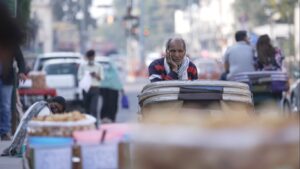 The non-Yadav OBCs and the non-Jatav dalits had largely voted for the BJP in 2017 and 2019 elections. The Samajwadi Party which was in a disarray in 2017 and 2019 is in a better shape by putting its own house in order and stitching a rainbow coalition of several parties of smaller castes—Suheldev Bhartiya Samaj Party of Om Prakash Rajbhar, Apna Dal (Krishna Patel group) besides the leader of Mauryas in his pocket, Swami Prasad Maurya and Nonia leader, Dara Singh Chouhan have surely broaden the mass base of Akhilesh Yadav led S.P.
The non-Yadav OBCs and the non-Jatav dalits had largely voted for the BJP in 2017 and 2019 elections. The Samajwadi Party which was in a disarray in 2017 and 2019 is in a better shape by putting its own house in order and stitching a rainbow coalition of several parties of smaller castes—Suheldev Bhartiya Samaj Party of Om Prakash Rajbhar, Apna Dal (Krishna Patel group) besides the leader of Mauryas in his pocket, Swami Prasad Maurya and Nonia leader, Dara Singh Chouhan have surely broaden the mass base of Akhilesh Yadav led S.P.
If the U.P’s deputy chief minister, Keshav Prasad Maurya is locked in a tough battle with the Apna Dal candidate fighting on the SP’s cycle symbol, Pallavai Patel in Sirathu it is because of the S.P making huge inroads in the BJP’s Kurmi vote base in Sirathu. The S.P has definitely dented particularly among the non-Yadav OBC vote-bank of the BJP.
The proportion of SP’s dent in the BJP’s non-Yadav OBC vote base actually holds the key to actual and exact result of the polls on March 10. The experts on caste politics in U.P perceive that 40 to 50 percent shift of the OBCs to the SP from the BJP would see Akhilesh Yadav through against Adityanath Yogi.
The biggest tool that has worked for the BJP to arrest the shift of the non-Yadav OBCs and non-Jatav dalits are the doles and freebies financed by the allocation of Rs 54000 crore in the union budget passed on the eve of the U.P election. No political party has the resources to match the BJP in terms of serving doles for it has control over the public fund and has its ‘double engine’ governments at the Centre and in U.P to distribute these doles through official machinery.
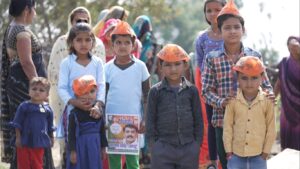 But the advantage of the S.P is it already has a very strong voter base—Yadavs and Muslims are quite sizable in eastern Uttar Pradesh.. The Yadavs are energetic and militantly behind Akhilesh. And the Muslims—the biggest victim of the Adityanath’s regime—are largely united to see Yogi’s back. It’s a tough election in which it is difficult to guess who has the clear edge. What’s clear is the Samajvadi Party is gaining and the BJP is on the slide. The SP is expected to come out certainly with far more number of the MLAs it has at present. But only the results of March 10 would make it clear whether the gain is good enough to push the BJP out of power or falls short of the target thus helping the BJP to retain power with reduced numbers.
But the advantage of the S.P is it already has a very strong voter base—Yadavs and Muslims are quite sizable in eastern Uttar Pradesh.. The Yadavs are energetic and militantly behind Akhilesh. And the Muslims—the biggest victim of the Adityanath’s regime—are largely united to see Yogi’s back. It’s a tough election in which it is difficult to guess who has the clear edge. What’s clear is the Samajvadi Party is gaining and the BJP is on the slide. The SP is expected to come out certainly with far more number of the MLAs it has at present. But only the results of March 10 would make it clear whether the gain is good enough to push the BJP out of power or falls short of the target thus helping the BJP to retain power with reduced numbers.


